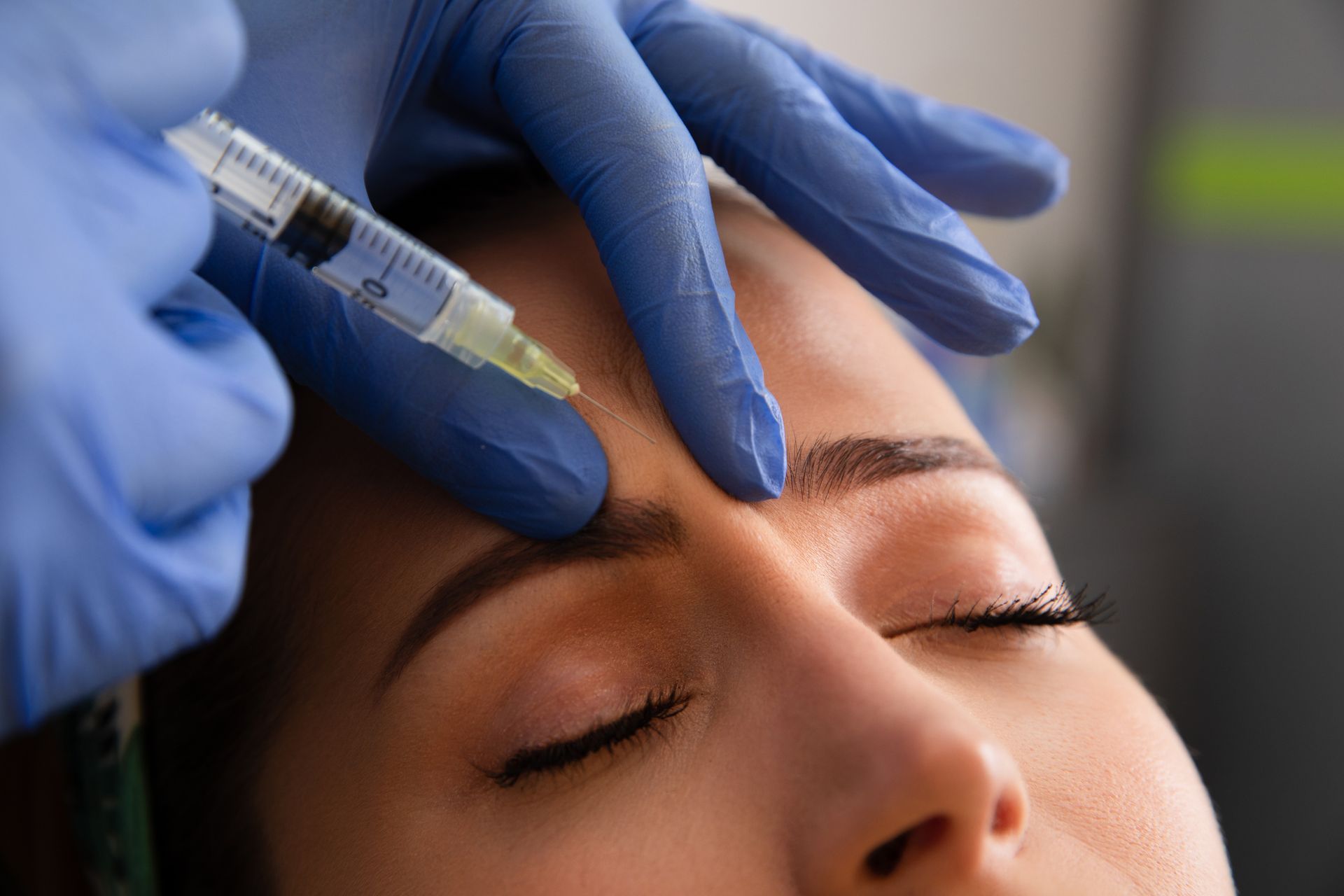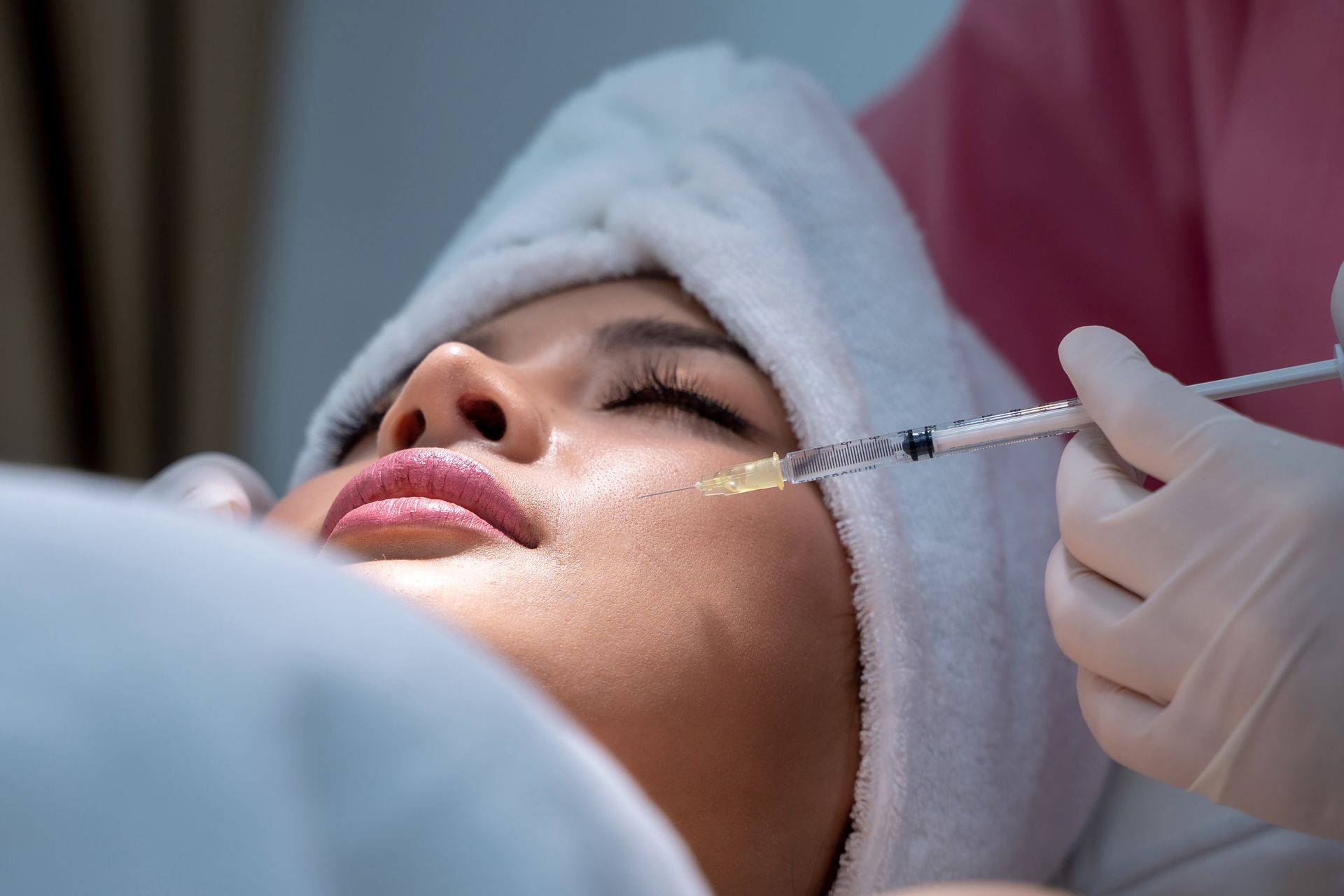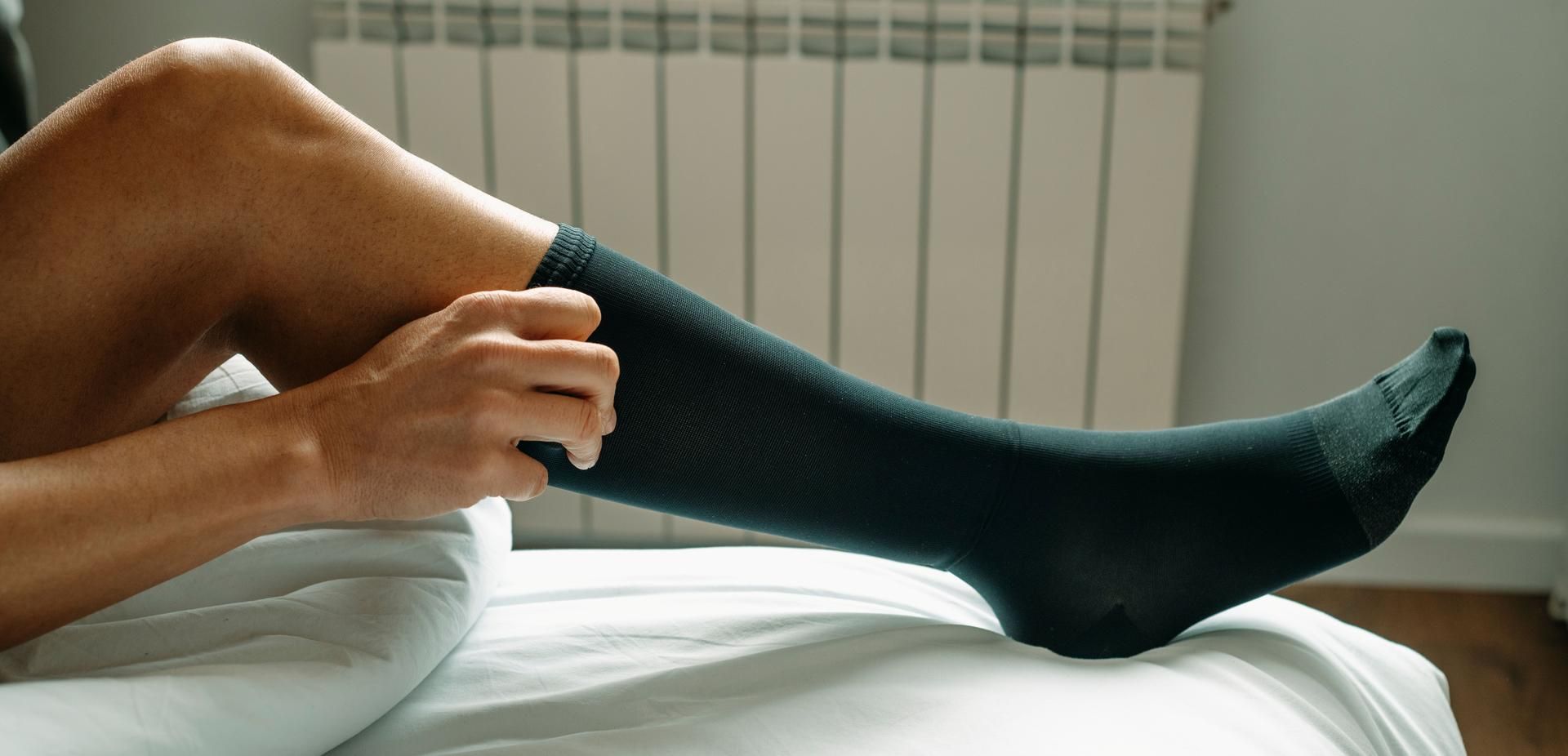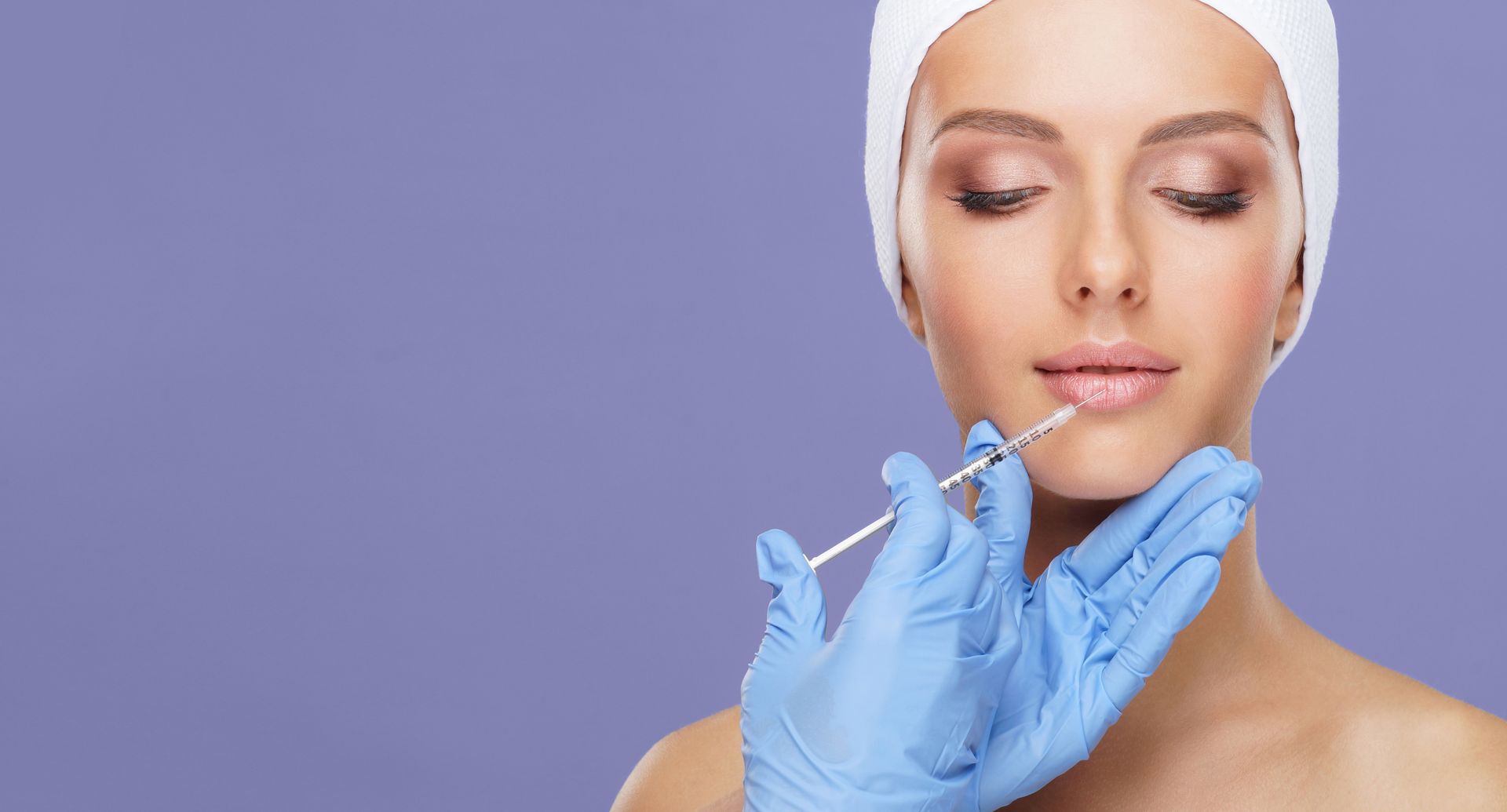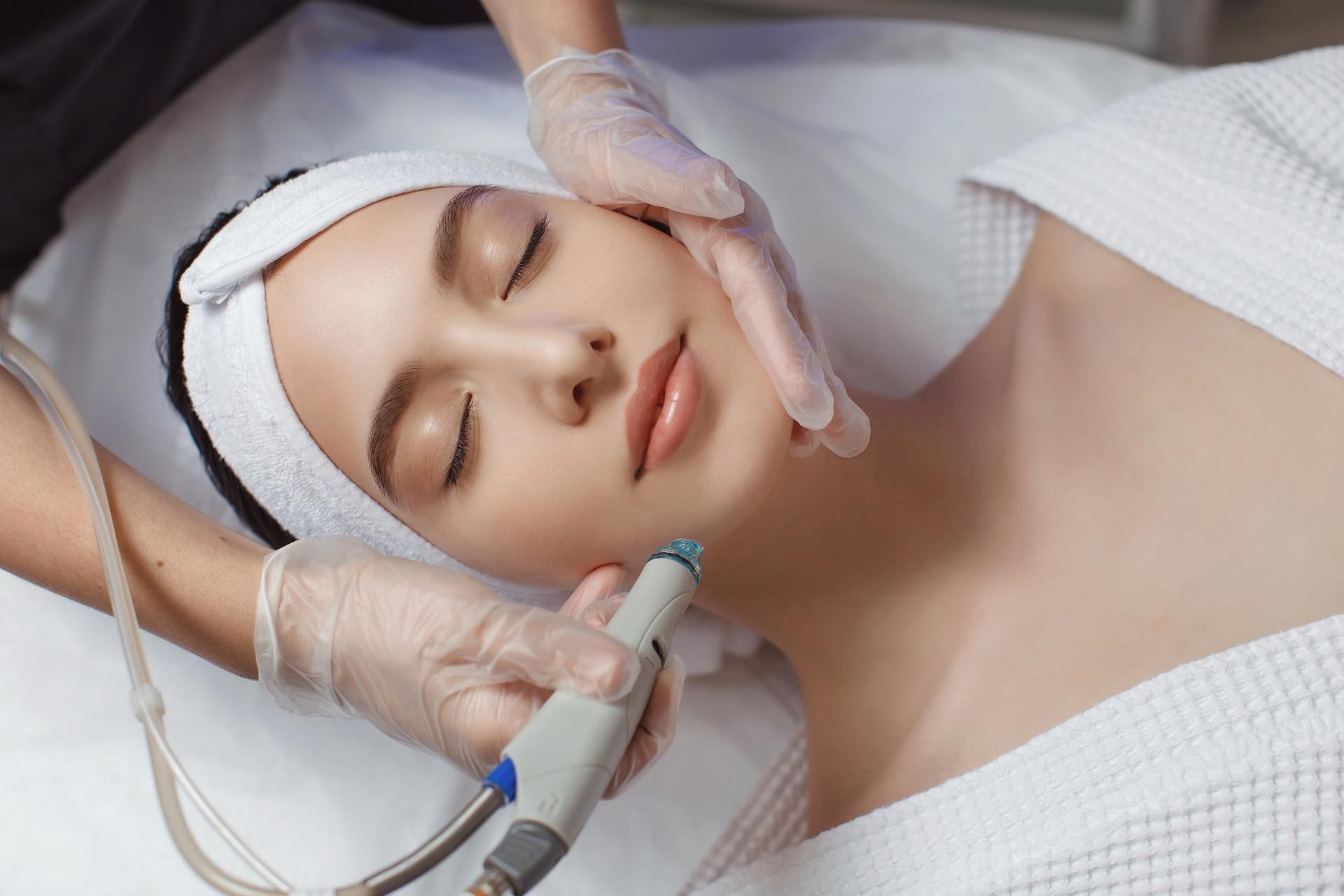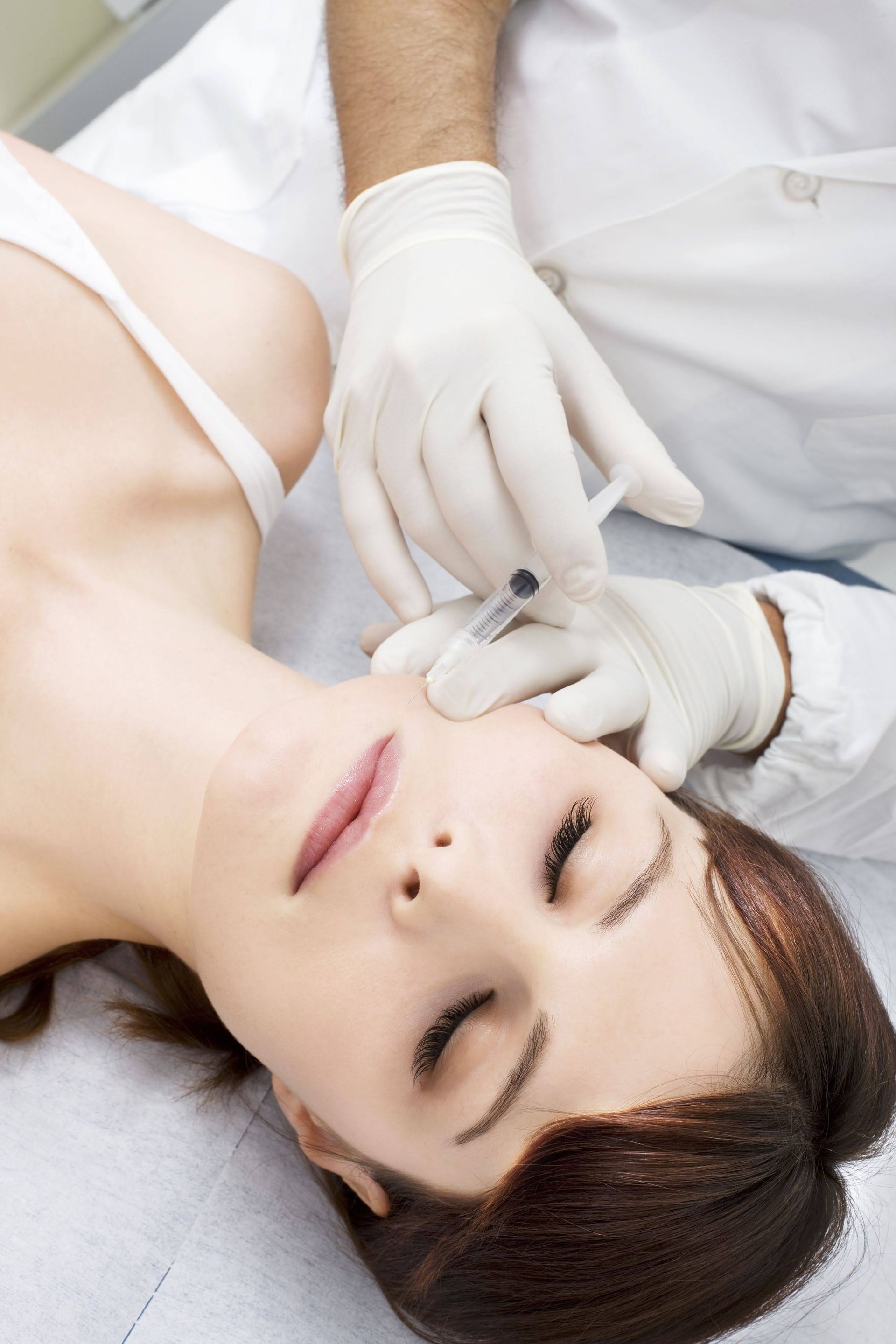Microdermabrasion: What You Should Know

Microdermabrasion is a popular cosmetic procedure that can improve the appearance and texture of your skin. It involves removing the top layer of dead skin cells with a handheld device that either sprays fine crystals or uses a diamond-tipped wand to gently exfoliate the skin. The procedure, which helps to thicken collagen, is painless, quick, and suitable for all skin types and colors.
Learn more about microdermabrasion to help you better understand the treatment.
What Are the Benefits of Microdermabrasion?
Microdermabrasion can help you achieve a smoother, brighter, and more even complexion. It can also reduce the signs of aging, such as fine lines, wrinkles, age spots, and sun damage.
Moreover, the procedure can help with skin issues such as acne, acne scars, melasma, enlarged pores, and blackheads. By removing dead skin cells, microdermabrasion can also enhance the absorption and effectiveness of your skincare products.
How Can You Prepare for Microdermabrasion?
For at least a week prior to your microdermabrasion session, avoid sun exposure, tanning, waxing, and exfoliating products. Additionally, on the day of the procedure, cleanse your face and remove any makeup.
What Should You Expect During Microdermabrasion?
Microdermabrasion is an in-office procedure that usually takes a short to treat the face. You will be seated in a reclining chair, and your provider will use a handheld device to spray or rub fine crystals or a diamond tip onto your skin.
As it exfoliates, the microdermabrasion device will also suction away the crystals and the dead skin cells. You may feel a mild scratching or tingling sensation, but it should not be painful. After the procedure, your provider will apply a moisturizer and sunscreen to your skin.
How Should You Care for Your Skin After Microdermabrasion?
Your skin may be slightly red or swollen for a few days after microdermabrasion. This is normal and should subside quickly. Avoid sun exposure and wear sunscreen daily to protect your skin from damage.
Additionally, avoid harsh products, such as alcohol-based toners, retinoids, or glycolic acid, for at least a week after the procedure. Moreover, moisturize your skin regularly to keep it hydrated and smooth.
How Often Should You Get Microdermabrasion?
The results of microdermabrasion are not permanent, so you may need multiple sessions to achieve your desired outcome. Depending on your skin type and concern, the treatment may require multiple sessions spaced a few weeks apart. You may also need maintenance treatments every few months to keep your skin looking fresh and radiant.
Is Microdermabrasion Safe?
Microdermabrasion is generally safe and well-tolerated by most people. However, there are some rare but potential risks and side effects to be aware of. These include:
- Infection
- Skin irritation
- Allergic reaction
- Changes in skin color
- Scarring
- Eye injury from crystals
To minimize these risks, only receive the treatment from a qualified and experienced provider who follows proper hygiene and sterilization protocols. In addition, inform your provider of any medical conditions or allergies you have before the procedure. Moreover, if you develop any signs of infection or adverse reaction after the procedure, contact your provider immediately.
Microdermabrasion is a simple and effective way to rejuvenate your skin and address various skin concerns. However, always consult a skin care professional before undergoing the exfoliating treatment to make sure it is suitable for you.
To learn more about microdermabrasion and how it can improve the look of your skin, contact Ponte Vedra Vein Institute today. We can help you achieve a smoother, brighter, and more even complexion with minimal downtime and discomfort. We look forward to seeing you soon and answering any of the questions or concerns you have.

